■ Firstly, can you introduce yourself?
For more than half a century, I have been travelling the world because of my passion for photography. I have held many photographic exhibitions in America and in various other parts of the world. We have been working in conjunction with Pratt Institute in Brooklyn, which is known for its work on photography. I also work with Throckmorton Fine Arts, which is considered to be the most famous photography gallery in the world.
■ Can you talk a little about your Silk Road Project?
‘The Project that is titled, The Silk Road: Then and Now’, has multiple aims varying from exhibitions to books. In this regard, I have been travelling the cities located on the Silk Road since 2008 and have been taking photographs of its cultural texture.
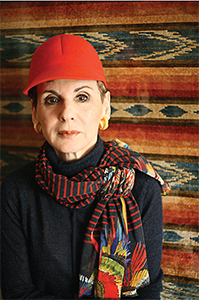 ■ Which route have you taken?
■ Which route have you taken?
After visiting Jordan, Syria, Uzbekistan and Turkmenistan, I arrived at Turkey. In fact, this wasn’t the first time I had come to Turkey. It was the sixth time. I had the chance to analyse and photograph all of the characteristic architectural examples of Turkey from Bergama to Midyat, from Safranbolu to Birgi and Çamlıhemşin to Cappadocia.
■ Where did you love the most?
I love Turkey. I cannot give you an exact location but during my final journey, the mountain villages located on the border of Artvin and Georgia had really affected me. Especially the area called Camili or with its old name, Machahel, was unbelievable in terms of its nature and culture. I was able to experience the daily life of the local people. I milked the cows, cooked and did some garden work. It was a fantastic experience.
■ What are the differences between Turkey and the other countries on the Silk Road?
There is a deep-rooted culture in Turkey. The mansions, mosques, museums, public houses, Turkish bathhouses are so unique. The houses give you clues about the cultural codes of the people living inside of them. When I take a step inside of these places, it feels more like I am painting than taking a photograph.
■ What did you come across in the homes you visited?
Every house in Turkey surprises me. It is like a sanctuary for every single individual that resides within it… They are simple and unpretentious, but beautiful. Each house seems like a different music recital to me. The houses in Turkey have a soul and a heart. They have warmth and sincerity. Most importantly, they have rituals in their hospitality. One wants to live in them.
■ Where does your interest for indoors stem from?
Indoors, from a photographic perspective, is like undiscovered wilderness. These places open the doors to a world that man has not come across before. My interest in indoors begun when I was still a young girl in New York. My mother, who had a keen interest in art, used to take me to the culture tours organised in the houses or buildings that would open to the public once a year in Manhattan. All of those places I had seen always settled in some little corner in my mind. Also, about twenty years ago, I had seen the famous Haveli mansions in Rajasthan, which were all made from rocks but seemed like handmade embroideries. Ever since that day I am in search for the cultural depthness within living spaces.
■ What makes you choose the locations?
I mostly enjoy working the indoors of small settlement areas like villages or towns. It is because of this that I leave the city and travel to the rural areas. Those areas have a more realistic and natural lifestyle. Also, I love the fact that the people try to understand me although they cannot speak to me. I don’t generally use the home owners in my photographs. As the furnitures and objects that have been passed on from generation to generation already make you feel their existence.
■ Isn’t it difficult to reach those places?
I have never thought of the possibility of travelling for thousands of kilometres and not being able to enter the homes. I really don’t come across these kinds of obstacles anyway. Especially in Turkey, there will always be people who open their doors and welcome you inside. I use all kinds of transportation in order to reach the houses that I want to see. Whether it is overcrowded public buses, primitive bridges, unsafe rowboats… For instance, there are times when I travel on a rusty trailer attached to a farmer’s tractor. If, by any chance, I am not satisfied with the photographs, I will always return back to that place no matter what the circumstances may be like.
■ How do the home owners welcome you during the shooting sessions?
I am forever thankful to the hundreds of families in Turkey who opened their doors and included me in their lives. They have given me the chance to photograph places I would have never been able to see. The support of the local governments allowed me to photograph four of the 14 historical synagogues in Izmir. The doors of the houses that had been shut for forty years were opened for me. Many people assisted me for days. In fact, there were some, who even drove me for 12 hours in order to reach my destination. All of those people who have made my journeys unforgettable, who crossed my path and who understand the artful purpose of this project… Meeting all of these people, who deeply give importance to their culture and traditions, have enriched my life.
■ What kind of aesthetic pursuit do your photographs feed on?
“I search for naturalness and a soul. For me, beauty is balance and harmonisation. In my opinion, what is “rich” is ”ordinary”. It is a crumpled blanket under a fine curtain or a woman of perfect patience who has spent her whole life harvesting tea…


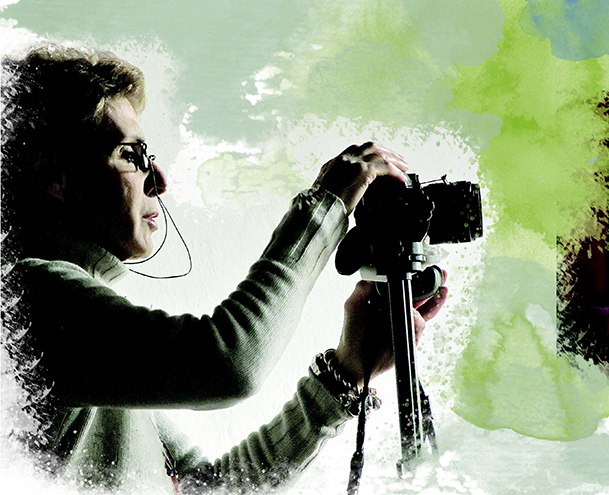

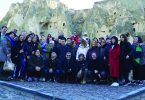
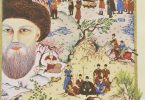
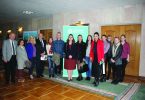
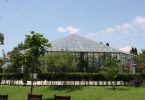

Leave a Comment